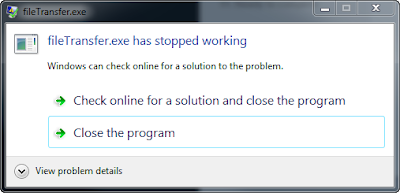Note: As of vRealize Operations Manager 6.2 you cannot deploy a Standard edition license with either an Advanced or Enterprise license in the same deployment.
So how do you do this? First, login to vRealize Operations Manager and navigate to the Licensing section (click the little gear icon at the top of the left hand menu).
Next, make sure your vRO license keys are applied under the License Keys tab. Make a note of the keys as they aren't exactly easy to identify later when creating a License Group.
Next, click the License Groups tab and click the plus sign to create a new license group.
In this basic example, I'm going to apply an Enterprise key to my "VC2" vCenter instance, and an Advanced key to my "VC1" vCenter instance. You can get much more granular than this. For example, you can easily select a specific cluster, resource pool, vApp, or host if you prefer to do it that way. You can even get really complex and start using specific object properties to filter. We'll get to more of that later.
In the Add License Group wizard, give it a name and select the applicable license key.
Now we add members.
Click the down arrows next to 'Objects to always include.' The object browser isn't exactly straightforward as the default view of Custom Groups only shows vRO groups and objects. You could certainly use these if you prefer, but in my case I want to select good old vCenter objects. Click the Custom Groups drop down and select vSphere Hosts and Clusters.
Now expand vSphere World and select the applicable vCenter server instance. This might not match your vCenter server host name. It will match the name you gave the vCenter Server instance when you configured the vCenter Server adapter in vRealize Operations.
Once you've select the applicable objects, click the Add button in the middle of the page and click next. Make sure to click the drop down arrow on the Add button to add "Selected objects and descendants."
Once you click Finish, you'll see your new License Group appear, along with the total number of members in the group.
Now repeat these steps with the Advanced key for the other vCenter Server instance.
I then deleted the default License Groups that were already there. I saw the Total Members metrics, but I didn't see anything under Licensable Usage. That number stayed at zero for both new groups. Why?
Click the License Keys tab and then click the green refresh icon next to the green plus and red X icons. You should see the license usage number update accordingly under both the License Keys and License Groups tabs. I did notice that the "Unlicensed Group" license group came back after refresh, but it's showing zero across the board, which is what I want.
This is a very basic example. One solid use case would be to use virtual machine tags and create license groups around those tags instead of statically linking licensing to an object. I see tags being used a lot in NSX as well, so I suggest taking advantage of them. Perhaps that will be a future post.
























